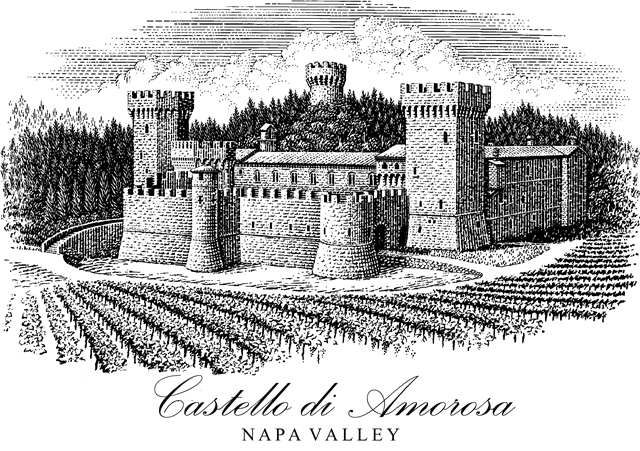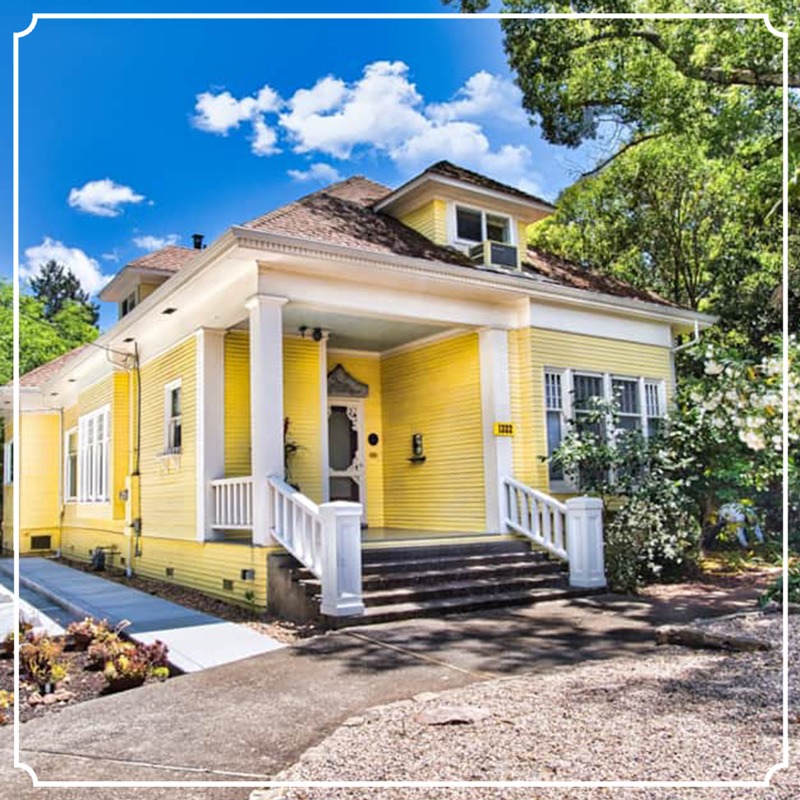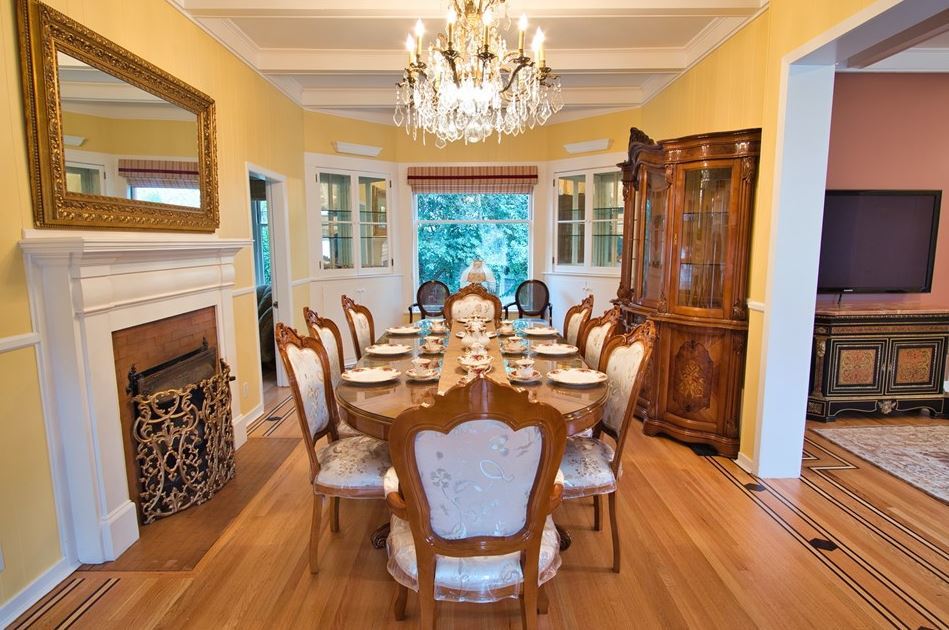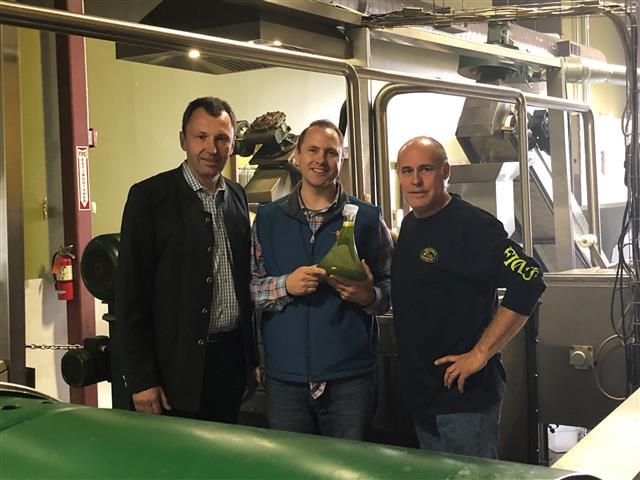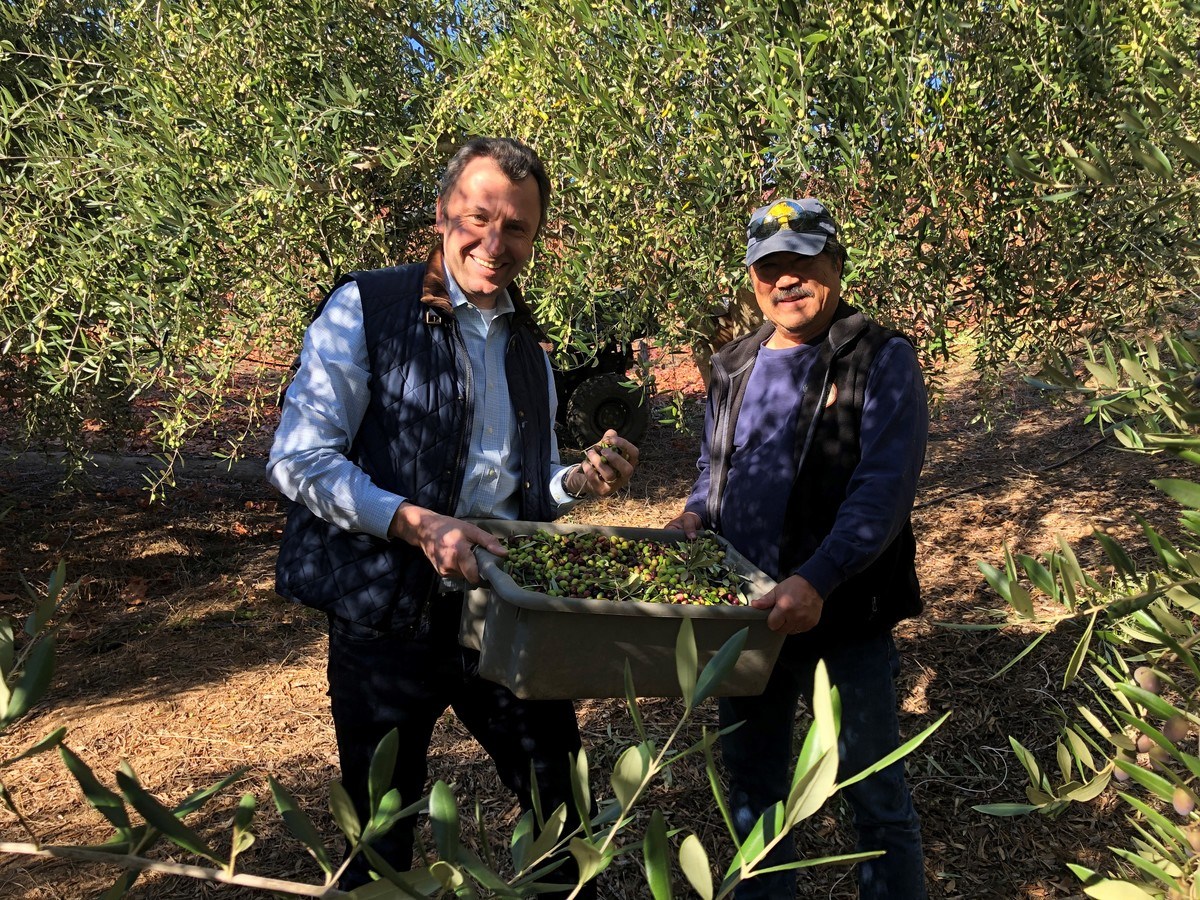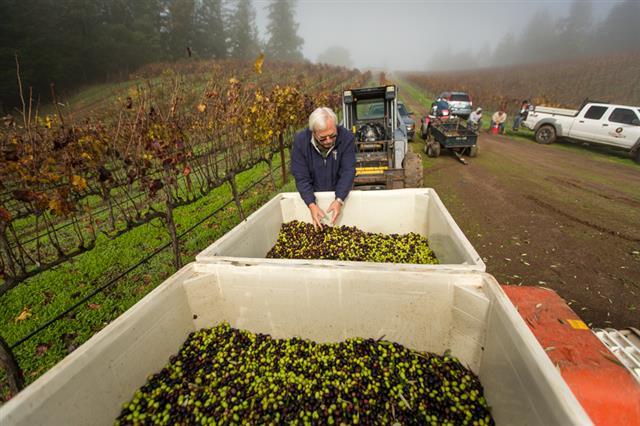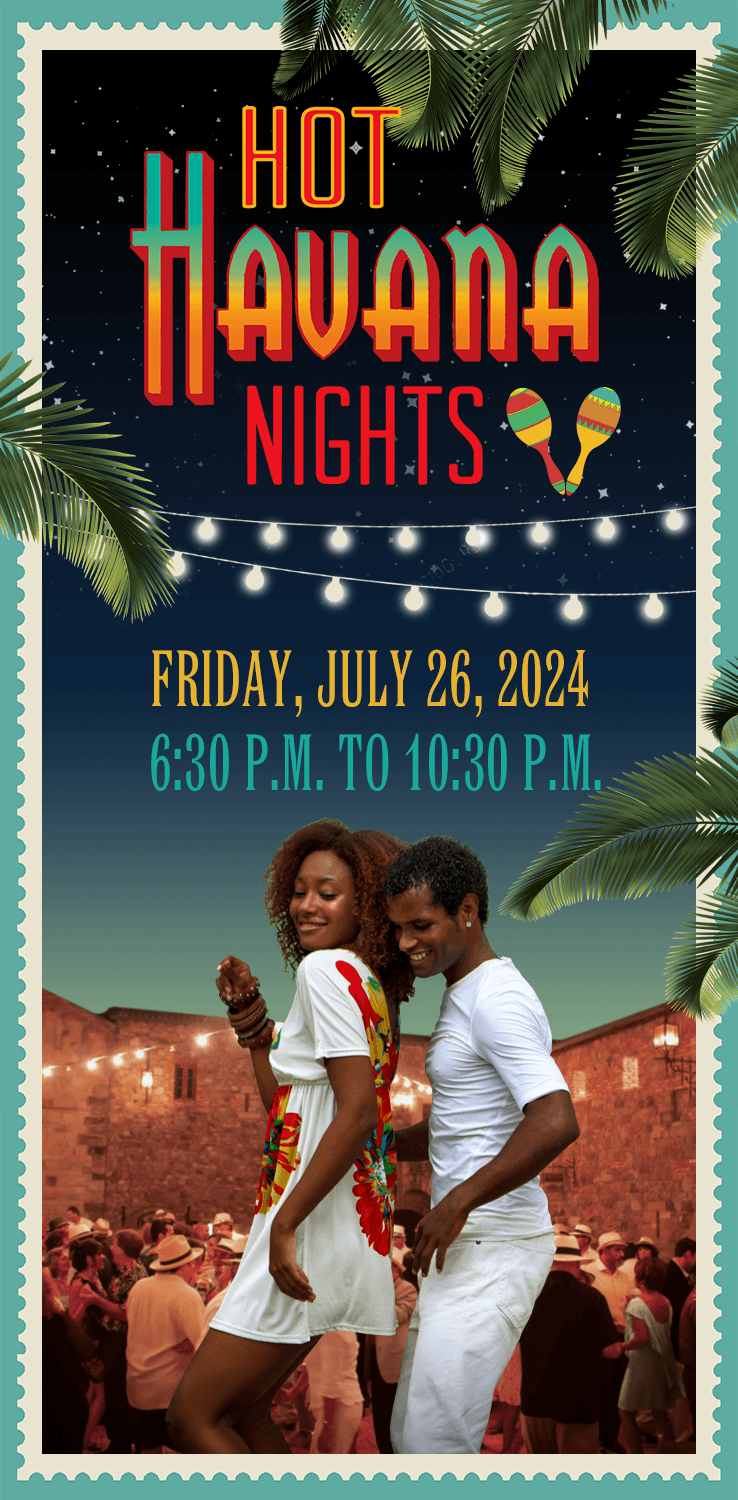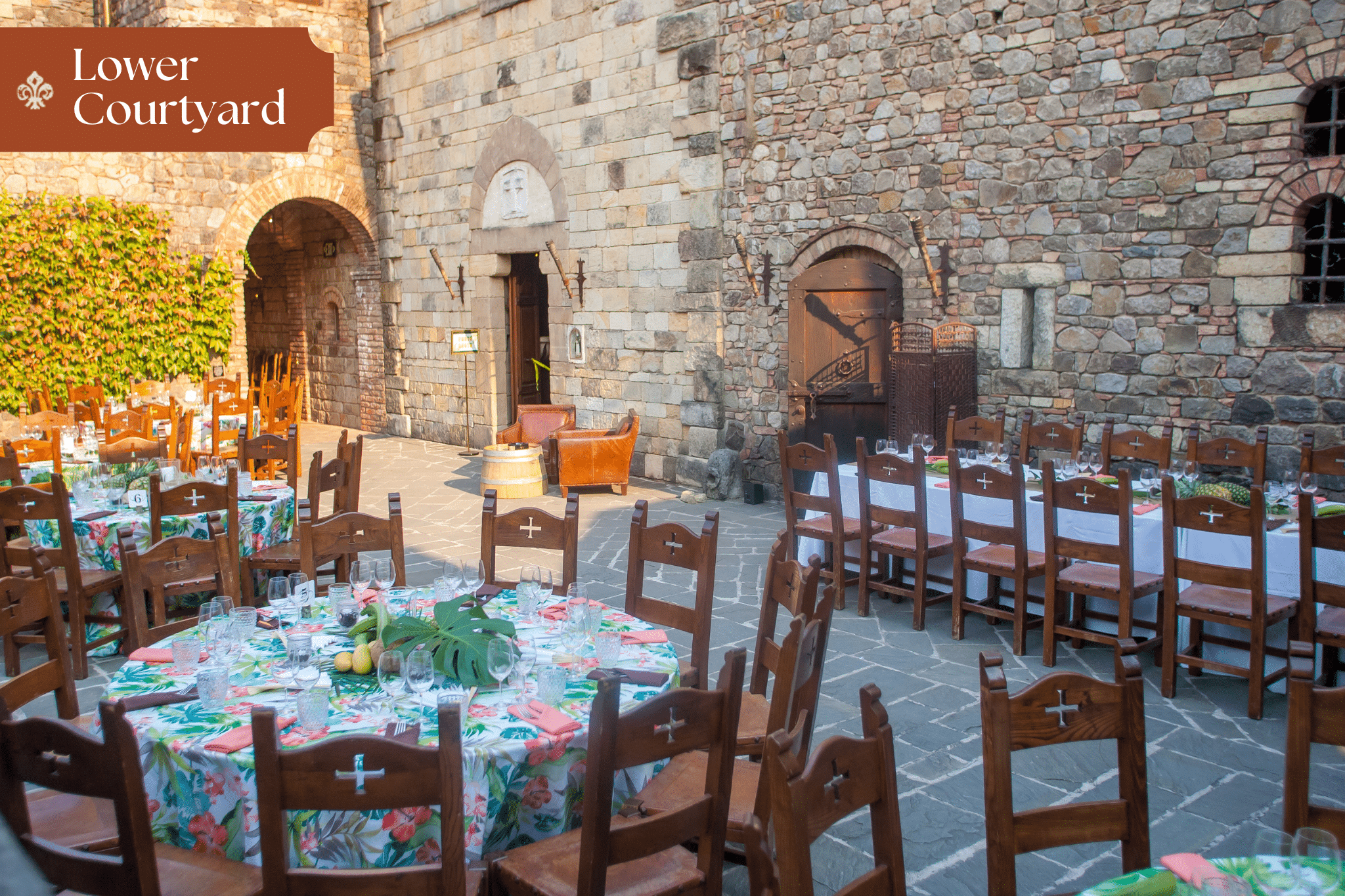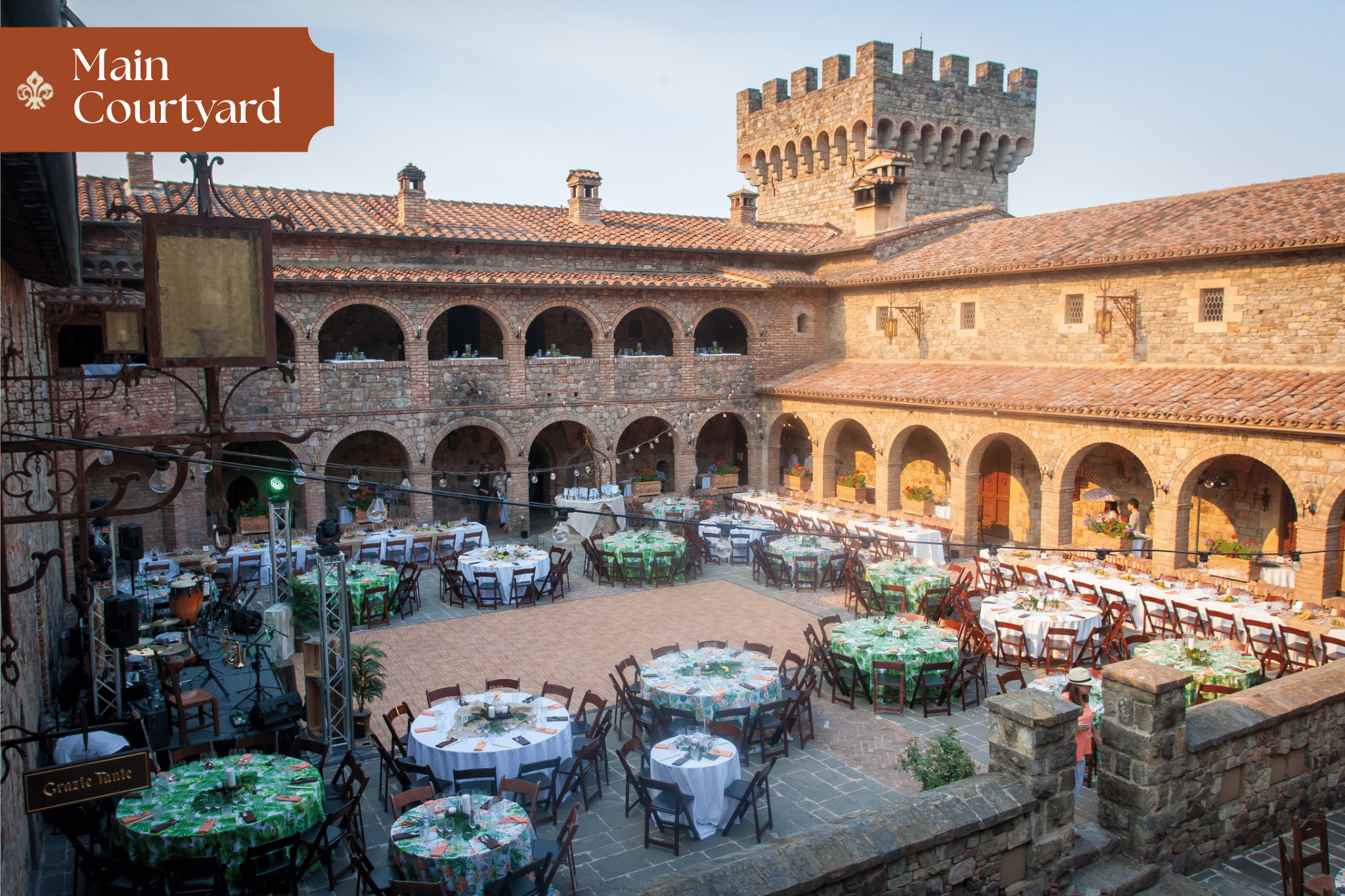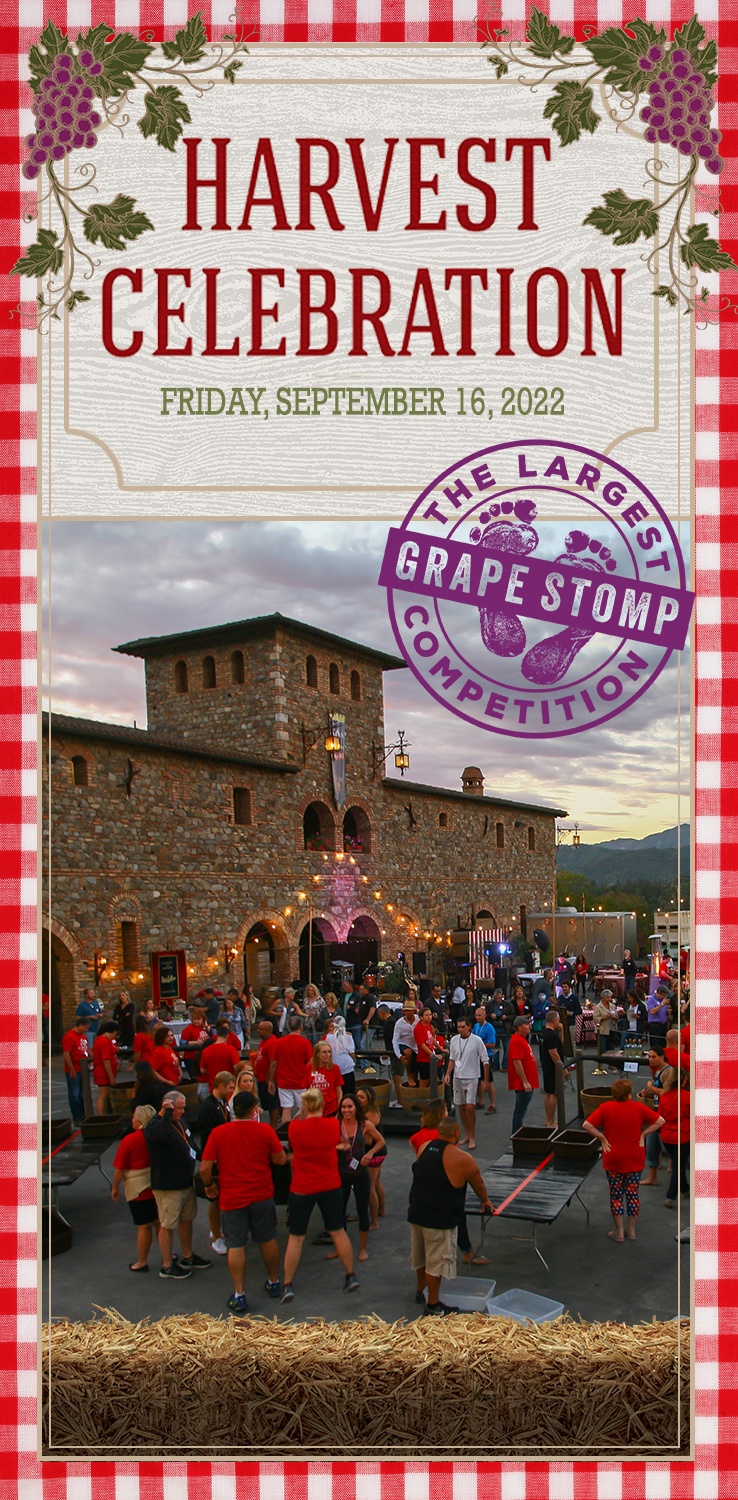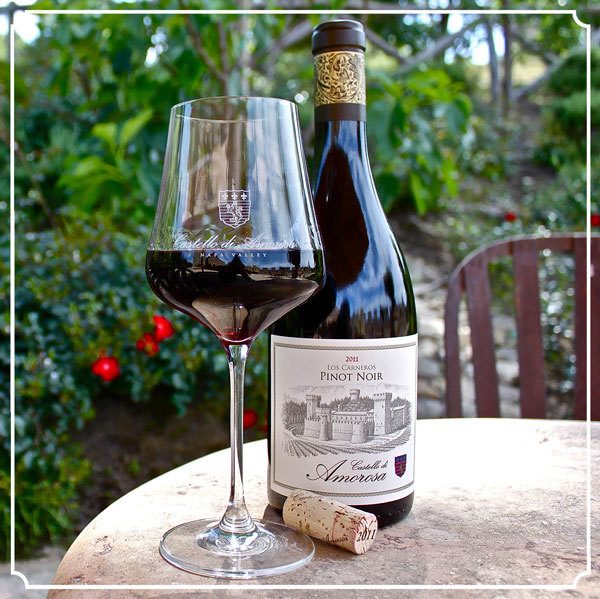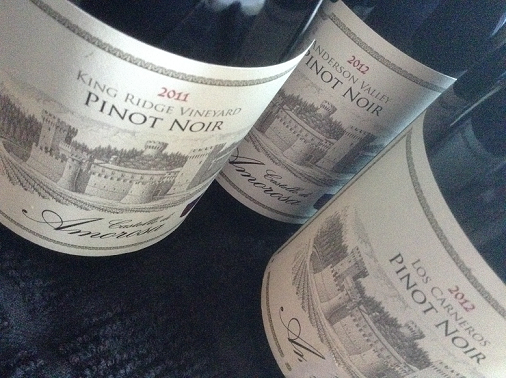Introducing The Castello Victorian Inn

Bradley Aden
The Castello Victorian Inn – The Newest Addition
Built in 1886, Castello Victorian Inn is a historic 4 bedroom / 4 bath / 3600 square feet Victorian home located 3 blocks from downtown Calistoga, CA. Recently restored to its historic charm and converted into an Inn, this 3600 sq ft home is perfect for individuals, couples or families looking to either rent individual rooms or book the entire house while visiting Napa Valley. Owned by Dario Sattui. Experience the allure of the Victorian era without sacrificing modern comforts.
Whether you’re looking for an individual room to stay or an entire house to entertain, make your next visit to Napa Valley one to remember at Castello Victorian! Bring along your friends, your family, and stay in your own private vacation home.
This spacious, updated Victorian Inn is surrounded by majestic trees, outdoor-dining deck, and a BBQ area – perfect for relaxing and entertaining with family and friends. This 3600 sqft home offers:
- 4 bedrooms, each with their own private baths
- Large living room with WIFI and cable TV
- Full-equipped and newly updated kitchen
- Bar area with wine refrigerator
- Laundry – washer/dryer
- Beautiful backyard with redwood decking for BBQ’s and al fresco dining

The Freshest Olive Oil in Napa Valley

Bradley Aden

Olio Nuovo – Our Freshest Olive Oil
Straight off the presses! Experience the difference fresh makes, an Italian culinary tradition that is hundreds of years old. Olio Nuovo (which means, new oil) differs from your typical Olive Oil. Taken straight from the press this freshly pressed oil has all the natural flavors left inside the oil. Don’t get left without our amazing hand picked olive oil from our Castle team. Cold Pressed under 50 degrees, harvested locally from the Castello’s own estate vineyard. These freshly pressed oils have a robust taste and polyphenols galore. In short, olio nuovo is olive oil in its most intense, raw state. Here at the Castle, we are one of the first in the Napa Valley to sell Olio Nuovo.
Made exclusively from olives harvested at our own Morning Dew Ranch estate property in the Anderson Valley, Mendocino County. These mature olive trees grow on a small patch of sloped hillside adjacent to some of the Castello’s most prized Pinot Noir vines. Under the watchful eyes and with the help of both our Winemaker and Vineyard Manager, the harvest was done by hand on a single foggy morning, by the same dedicated team that cares for our grapevines on the secluded and serene ranch. Check out our video below!
Our Olio Nuovo is used best as a finishing oil and a dipping oil; enjoy it drizzled on salads, pasta, salami and cheese, or over grilled meat or fish. Delicious simply as a dip with salt and bread. It is only available seasonally, for a limited time.
“We wish we could sell Olio Nuovo all year, but the tiny olive particles that give the oil vibrant flavors must be filtered out so that our EVOO can be bottled and enjoyed throughout the year. Limited availability, get it before it sells out! Olive Oil at its freshest and boldest! “
– Castello President Georg Salzner

River Otters In Wine Country

Carla Venezia
River Otters in Napa Valley, California

When Dario’s great-grandfather, Vittorio, was growing grapes and making wine from fruit sourced around St. Helena in the early 1900s, river otters were a thriving native species in the nearby Napa River and its numerous tributaries. But by 1977, Napa County was omitted from the California Dept of Fish and Game’s list of counties with river otters.
The river otters’ gradual disappearance from the Bay Area was attributed to hunting, trapping, and industrial water pollution and land development leading to reduced wetland habitats. The devastation of the river otter population was so complete that by 1995, the California Dept of Fish and Game showed virtually no river otters living anywhere in the several counties that make up the San Francisco Bay Area.
With the 1972 passage of the Clean Water Act plus proactive management of watersheds, restoration of wetlands and the efforts of local conservation groups, river otters have made a slow but (miraculously) steady comeback and we couldn’t be happier about it!
Dario first became aware of our local river otters a few years ago when he started spotting them in the Napa River near Calistoga. Ever since, he’s made it his mission to ensure Castello di Amorosa is doing everything possible to support our local river otters–this he does in several ways:
With sustainable agricultural practices, our winery and vineyards are Napa Green-certified, meaning we meet all regulatory components necessary for environmental sustainability, including water conservation and water efficiency. The Castello recycles and purifies its water, so the only runoff is clean (or rain!). The Castello staff further contributes by ensuring the Castello’s very own Lake Mario and Nash Creek–which lead directly to the Napa River–are ecologically sound and full of happy, healthy fish!
Dario is looking forward to working with Megan Isadore, co-founder and Executive Director of The River Otter Ecology Project—a Bay Area river otter conservation group dedicated to encouraging continued re-population of river otters. The ROEP has “otter awareness” programs for children, field internship programs for teens, and volunteer opportunities for adults in the field and lab. ROEP assesses habitats and conducts field studies, among which include analyzing “scat” (to study the otter’s diet!). The ROEP maintains numerous “otter cams” alongside rivers and creeks which further contribute valuable data.
If you happen to see a river otter anywhere in the Bay Area, be sure to let ROEP know about it–even better if you can provide a photo. And don’t forget to tell Megan that Dario sent you!
For more on otters please visit here.

Night Harvest at the Castello

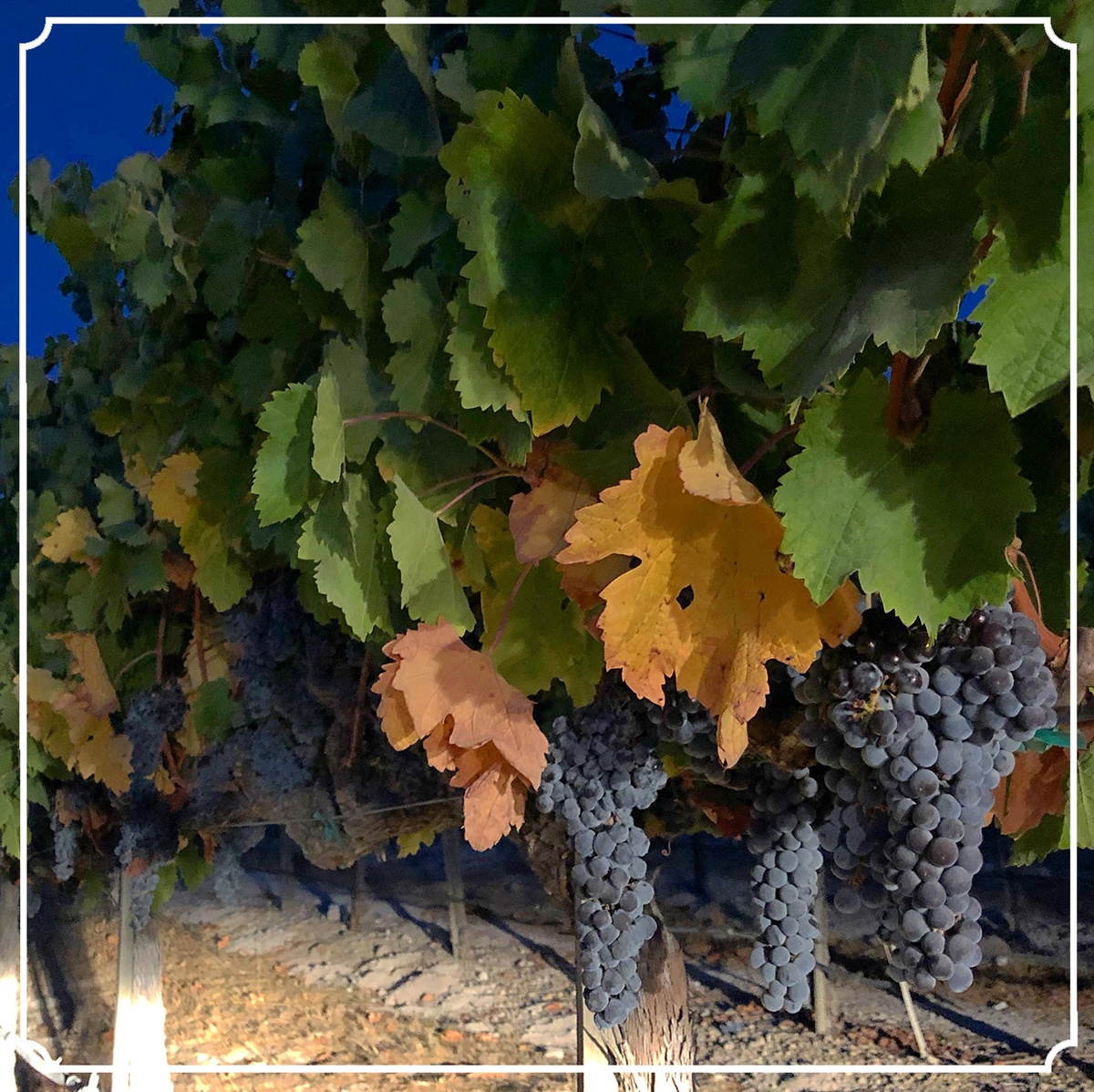
Night Harvest at the Castello
Castello di Amorosa sits in the hillsides of the Diamond Mountain District of Napa Valley, and is surrounded by 30 acres of vineyards planted to Cabernet Sauvignon, Sangiovese, Primitivo, and Merlot. These medium-to-full-bodied wine grapes are typically picked in the later half of the harvest season, and this year we are right on schedule with the start of the estate harvest, as this past Wednesday night we harvested our Block 5 Merlot. The first block of fruit to be harvested at the Castello this year, it sits along the entryway to the Castello, along the left hand side of our driveway as you come up the hill.
Harvesting fruit at night is an excellent way to preserve the acidity of the berries and ensure that they arrive on the crush pad in optimal condition. The berries are also much firmer at these temperatures, making it easier to sort and destem clusters on the crush pad.

Night harvesting also provides better working conditions for the vineyard teams who work tirelessly to hand pick each cluster, ensuring only the best reach the winery. Crews will often make several passes through the same vineyard over a period of days or weeks to ensure that each cluster reaches peak ripeness before being picked.
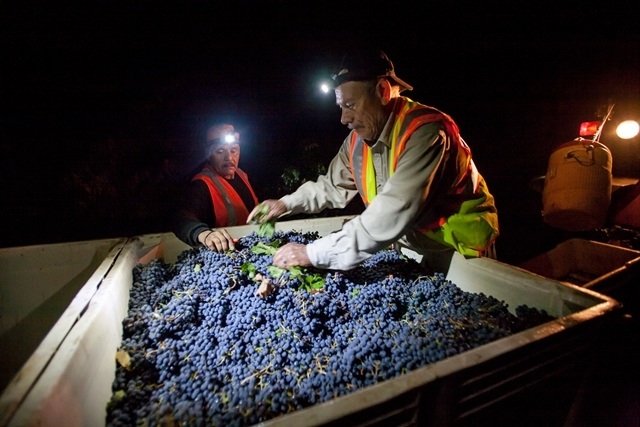
If you’re visiting Napa Valley this time of year, be sure to keep an eye out for bright lights in the vineyards after dark; these are signs of hardworking vineyard crews harvesting the beautiful fruit of the 2018 vintage.
Our First Cork Tree At The Castello

Our First Cork Tree at the Castello
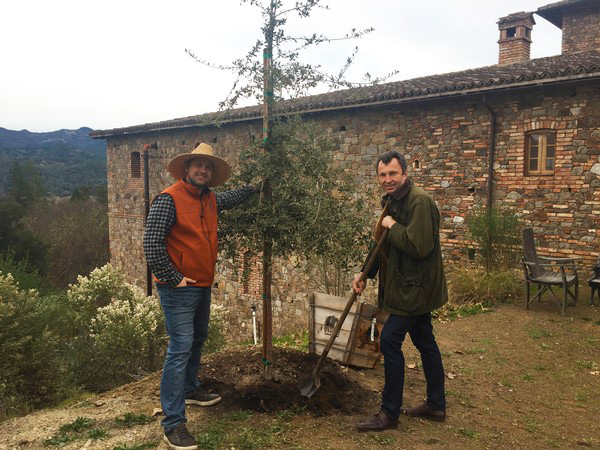
This January, Castello President Georg Salzner and Winemaker Peter Velleno planted our first cork tree. Native to southwestern Europe, the Quercus suber cork oak tree can grow up to 100 feet tall, and is sure to thrive in the Mediterranean climate we enjoy here in Napa Valley. Wine Corks are made from the bark of the cork tree, which needs to be stripped and peeled off by hand. Cork trees are typically harvested every seven years, and are a renewable resource since the tree is not cut down and only the outer layer of bark is removed. It takes a cork tree 25 years to reach maturity before its bark can be harvested, and we are looking forward to our first Castello cork harvest in 2042!
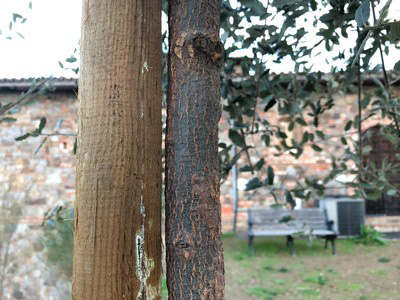
Hot Havana Nights


Hot Havana Nights
Join us for this famously hot evening of great wine paired with Cuban food, music and cigars.
- Tempt your tastebuds with a buffet of authentic Cuban dishes
- Dance the night away under the stars to the hot Cuban beats
- Relax in our Cigar Lounge & enjoy hand-rolled cigars or bring your own
- Dress up for the night – your best Havana-inspired party attire is encouraged!
Friday, July 25, 2025
6:30pm – 10:30pm
All Reservations Booked After June 9, 2025
Please note: Main Courtyard seating is fully booked. Reservations made after this date will include seating in our Lower Courtyard. While this area does not offer a direct view of the entertainment, it’s just a few steps away from the dance floor, where guests can enjoy the music and performances up close.
VIP TABLES – SOLD OUT
-INCLUDES: Preferred seating for up to 12 guests near the dancefloor, box of cigars and 2 bottles of Spumante on ice for your table.
*If your party is larger than 12, please contact Wine Club to confirm available seating options*
LIMIT 2 Member tickets per membership.
LOG-IN FOR MEMBER RATE.
Need a Place to Stay? Make the most of your evening!
-
Dr. Wilkinson’s – 25% OFF with CODE: CSTA
-
Motor Lodge Inn – Book with Friends of the winery Discount here.
Explore more nearby lodging options here.
Watch Video
Harvest Celebration & Stomp

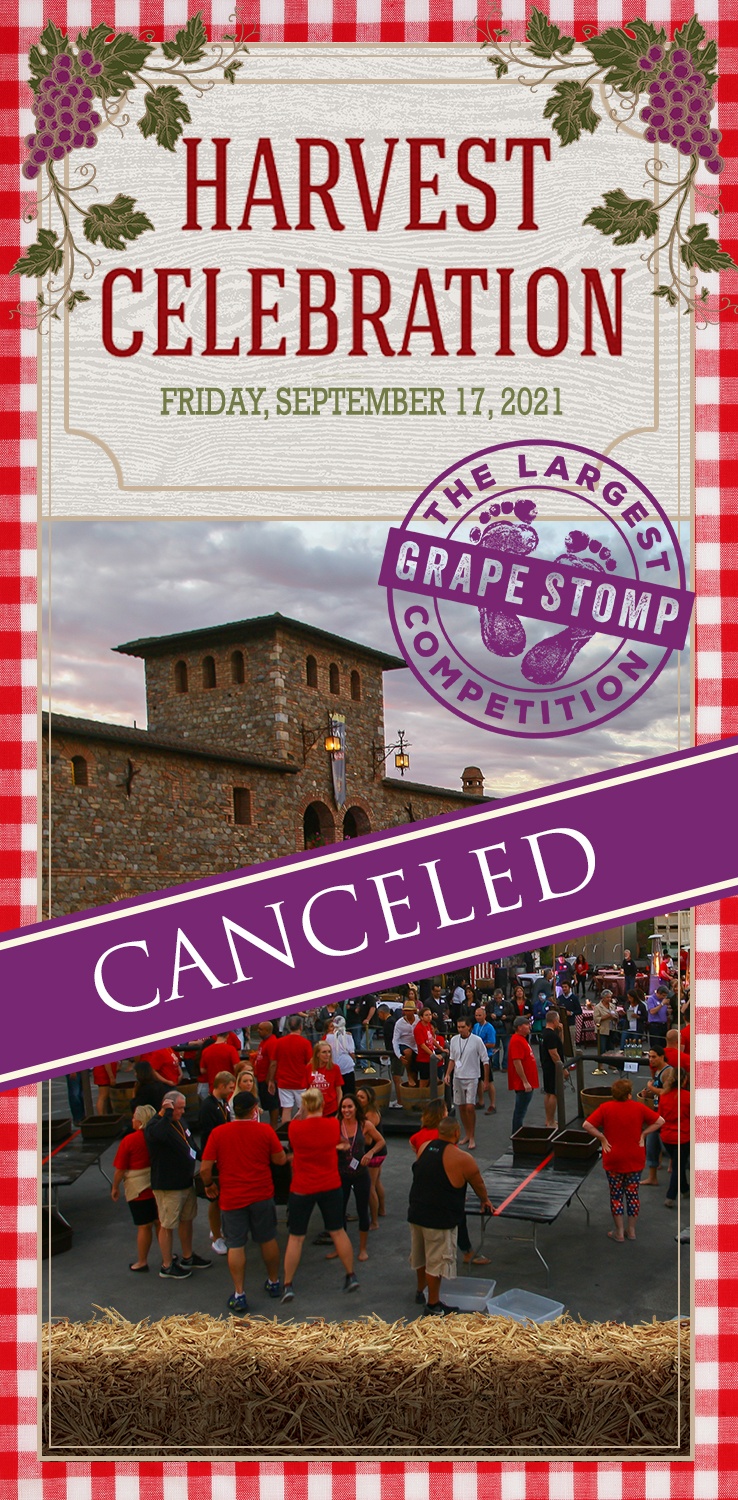
Harvest Celebration & Stomp (Back in 2022)
Let’s celebrate Harvest Season at the Castello! Come and ‘sink your toes in some grapes’ on the Crush Pad and sip some vino under the Harvest sky.
- Join in on the Grape Stomp Competition or cheer for your team as they compete to produce the most juice!
- See the harvest and winemaking demonstrations provided by our Winemaking Team
- Enjoy a rustic Wine Country dinner buffet paired with the Castello wines
- Dance the night away to the rockin’ sounds of a live band
Friday September 16, 2022
6:30 P.M. to 10:00 P.M.
$115/Wine Club Member, $135/Guest
(+$30 if participating in Stomp Competition)
Reservations required.
For more information contact Wine Club at 707-967-6274.
*Our menus are pre-set and we can accommodate dietary restrictions and food allergies upon advance request*
Get Notified Harvest Celebration
Watch Video
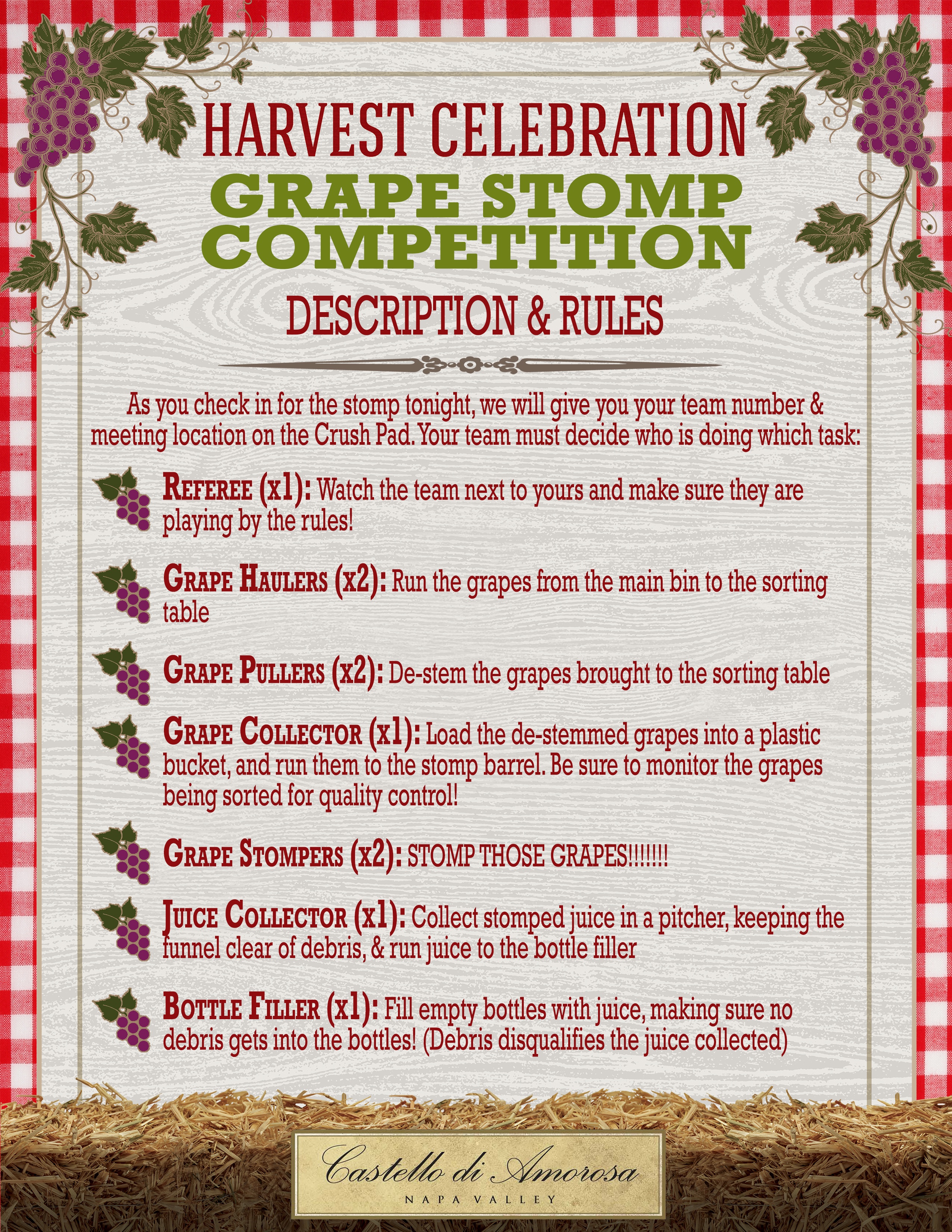
The Pagan Ball

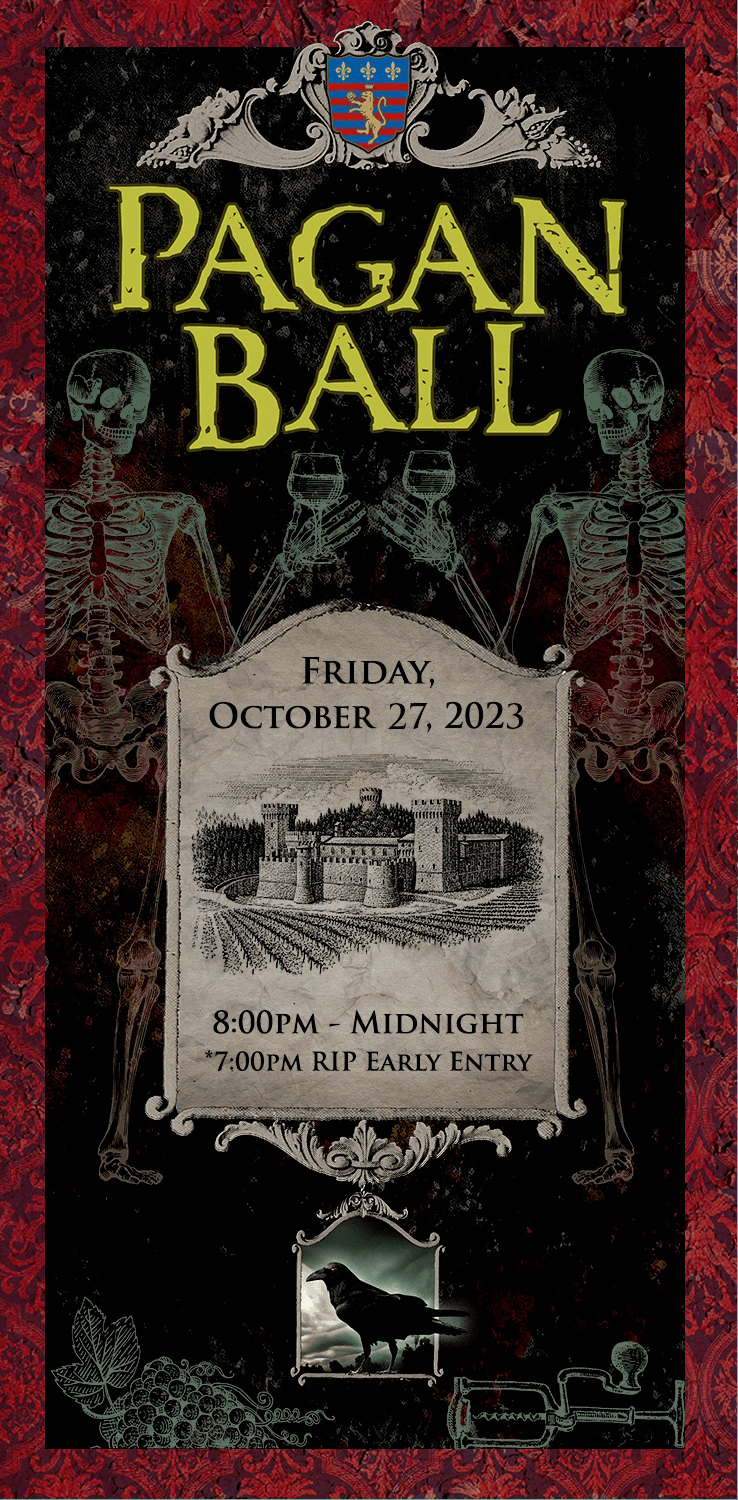
The Pagan Ball (Cancelled)
October 27, 2023
Cancelled
We apologize for the abrupt cancellation and any inconveniences this has caused, especially given the short notice. We fully understand your frustration and disappointment. Our original intent was to create an incredible event, due to the unforeseen circumstances, related to the reconstruction following the 2020 fires, we are faced with a situation that is beyond our control.
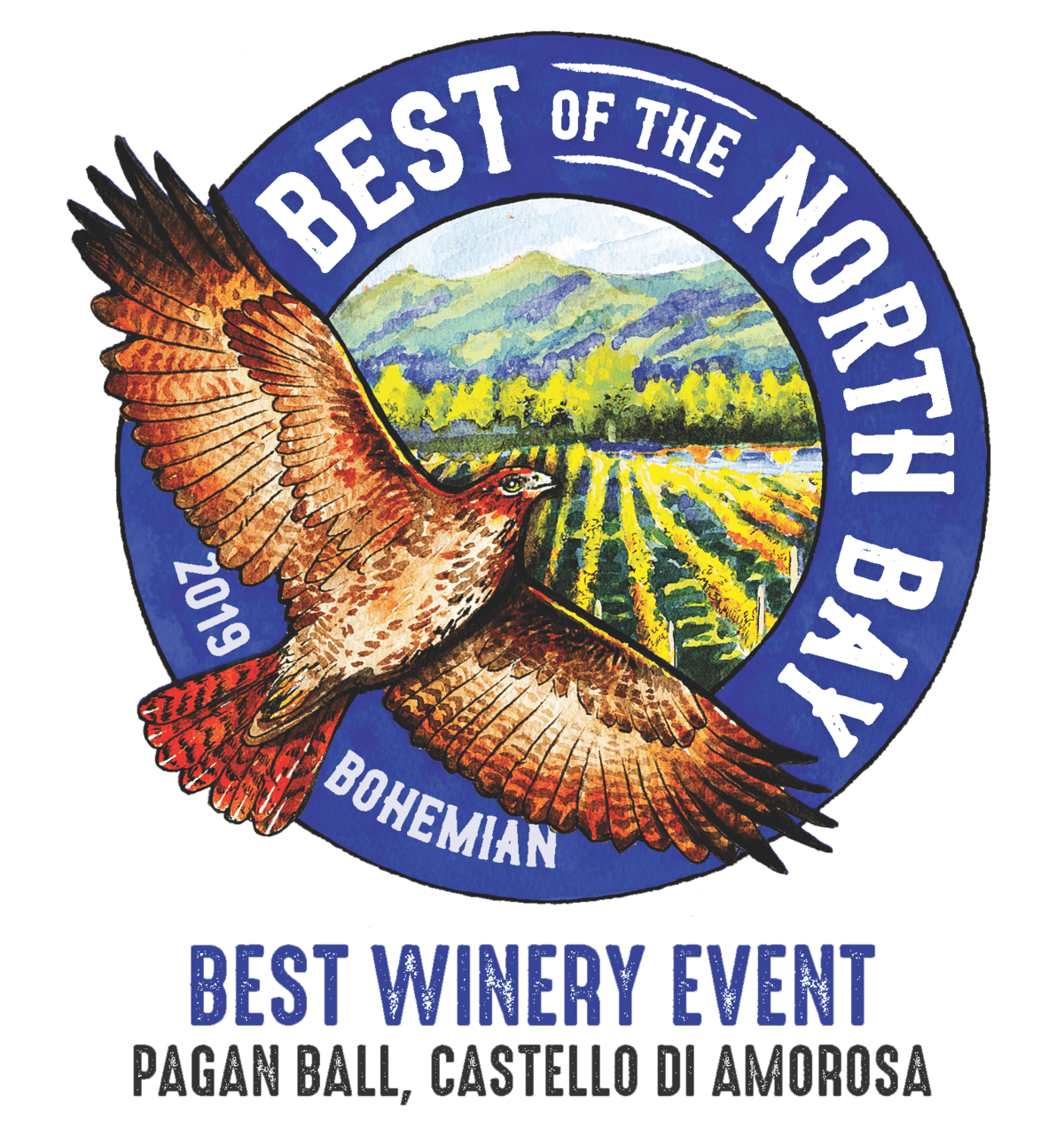
Watch Videos
Storm The Castle—July 14th Is Bastille Day!

Mary Davidek
Storm The Castle—July 14th Is Bastille Day!
Most national days are in celebration of exactly what you would expect a ‘national’ day to celebrate. For example the national day of the United States, the 4th of July, marks the signing of a declaration of independence from a colonial power. Some countries mark the day the colonial power actually left their occupation for such freedom celebrations. Other countries like Germany and Italy celebrate unification and others like quirky Austria celebrate its declaration of neutrality. A handful of countries such as the United Kingdom and Denmark have no national holiday to celebrate. However, few countries can top France for the utter cool factor of its national day which commemorates the day an angry mob stormed a medieval castle prison known as the Bastille.

Angry mob storms the Bastille!
In France July 14, commonly referred to as la fête nationale, became an official holiday in 1880. From the beginning, speeches, parades, and fireworks, along with public revelry, were part of the celebration. Likewise, Francophiles throughout the world have taken up the observance of Bastille Day, celebrating with dinners of French cuisine, concerts of French music and enjoying all festivities with French wine.
Regardless of your origin, your nationality… your roots– It’s Bastille Day! Celebrate the onset of the French revolution in the spirit of equality and liberty. In honor of this national day, I have put aside my affinity for all things Italian and opened a couple of bottles of vin du France.
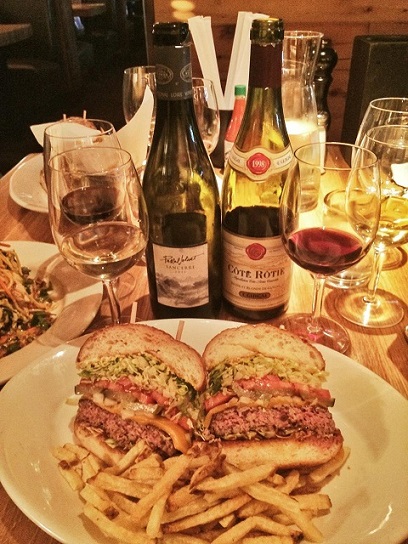
Okay, so maybe a hamburger is as American as it gets but the fries—definitely French!
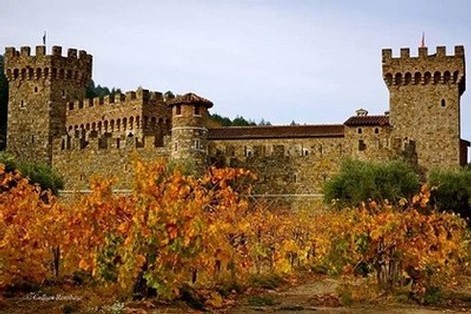
Castello di Amorosa– encircled by lovely vines and waiting to be stormed!
Pinot Noir— The Art of Getting There

Mary Davidek
Pinot Noir— The Art of Getting There
“There is no ‘there’ there”. Gertrude Stein’s often quoted prose is commonly used to describe something that lacks soul, culture, life, or identity. While Ms. Stein was referring to the faceless existence of city-life, some critics have proclaimed this lament when speaking of grapes grown in and the wine making efforts of America.
The French speak of ‘terroir’ when referring to winemaking and the wines of France which is to say grapes are a reflection of the region in which they are grown; the soil, the climate, the aspect of a hillside, the amount of rain, the surrounding vegetation, etc. The United States’ AVA system has been criticized as nothing more than a weak effort to create a false sense of place in the wines produced — an illusion– as they state, there is nothing ‘there’.
*le sigh*
I decided to look beyond Cabernet Sauvignon, the reigning king of grapes for my initial attempt at disproving this theory and thus directed my attention to a varietal that, in my humble opinion, is ‘place’ personified. Pinot Noir, the thin skinned red wine grape of the Burgundy region of France has become increasingly popular with wine-buying wine-drinking Americans. It is a classic, elegant, food friendly wine—its enigmatic character and appeal as elusive as it is obvious.
Pinot Noir grapes are grown around the world but they flourish in cooler growing regions. In Oregon, the Willamette Valley is nearly the same latitude as the famed Burgundy region of France and has become synonymous with world class Pinot Noir. Oregon producers have found their sense of place as the Pinot fruit embodies the sophistication and finesse of a great Burgundy yet displays layered earth and bright red fruit summoning unrestrained California productions.
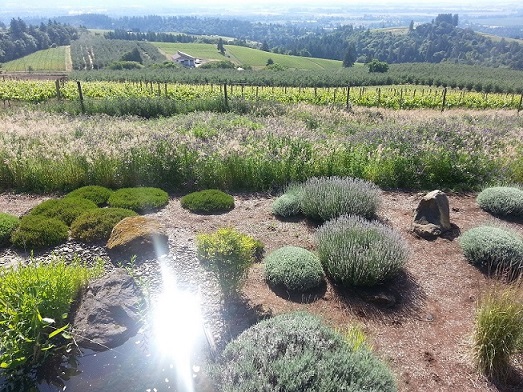
The rolling green hills of temperate Willamette Valley provide the perfect place for cool-climate loving Pinot Noir
California Pinot Noir is more mercurial stylistically without any one style from this large and geographically diverse growing area. From Santa Barbara and the Central Coast to the south and Sonoma County and Anderson Valley in the northern half of the state, diverse topography and weather patterns separate this region of more than 450 miles. From Santa Barbara and the Central Coast we find opulent wines with definitive Pinot Noir fruit that reflects its warmer and more southern roots with a controlled strength. Cooled by the San Pablo Bay, the Carneros region straddles both Napa and Sonoma Valley and shows hints of spice and brightness unique to these cooler vineyard sites of this sun-drenched area. North of Carneros we find the Sonoma Coast where Pinot shows depth and earthy complexity with some of California’s most acclaimed Pinot Noir producers firmly planted in this lush pacific expanse. Further north of Sonoma we find California’s newest Burgundy-like super star in the highly praised and sought after Anderson Valley of Mendocino County. Here the ocean cooled valley floor rarely sees summer temps above 85 degrees….even in the height of the season. Pacific marine influence floods the valley floor with morning coastal fog providing slow even ripening. Enthusiasts agree this temperate region yields fruit of subtle distinction.
A Pinot Noir trio from Castello di Amorosa; Los Carneros, Anderson Valley and the highly acclaimed King Ridge of Sonoma Coast. Each with expressive fruit and character from unique vineyard locations.
As far as American winemaking efforts, maybe we have not come up with anything quite as mysterious as ‘terroir’ to encapsulate the distinctive place of our wines….maybe we never will. But, as the saying goes, sometimes the best part of the journey is getting there.
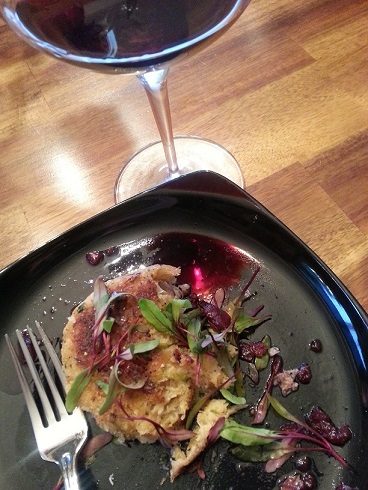
Dungeness Crabcakes with Rainier Cherry Pinot Noir Reduction
For the reduction-
- 10-15 ripe cherries, pitted and chopped
- 10 ounces Pinot Noir
- 1 Tbsp Honey
- 1 Tbsp Seasoned Rice Vinegar
- Pink peppercorn to taste
Add all ingredients to sauce pan. Slowly reduce over medium heat.
Mary Davidek C. S., S.W.
